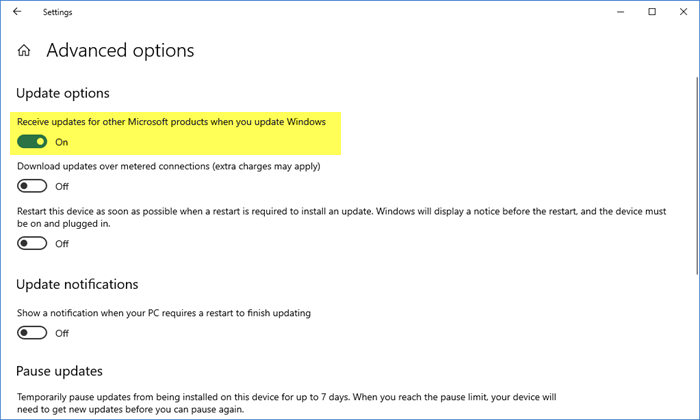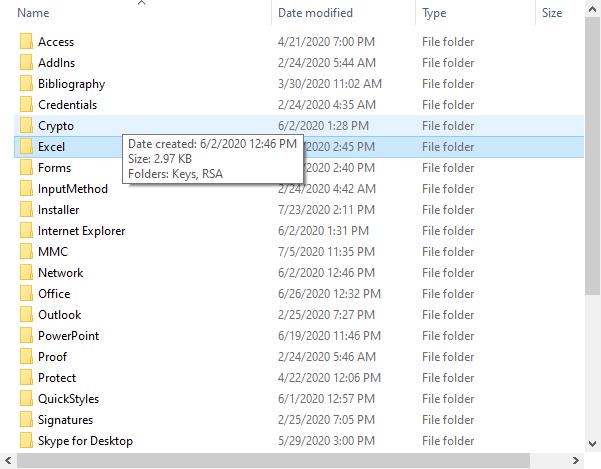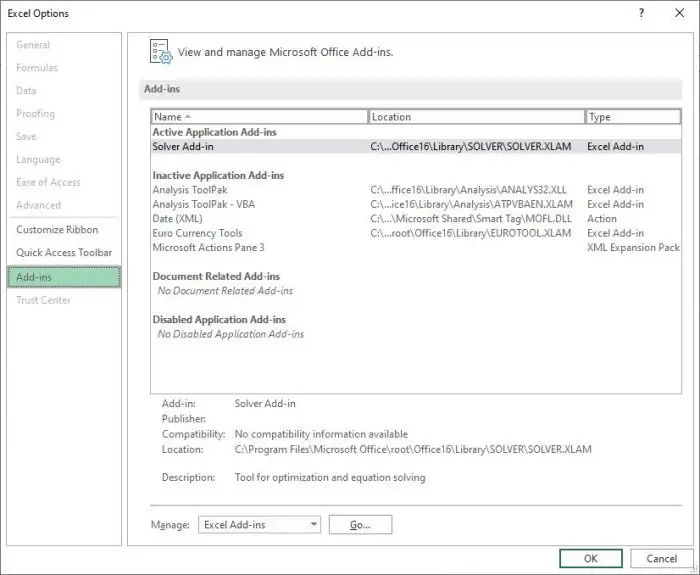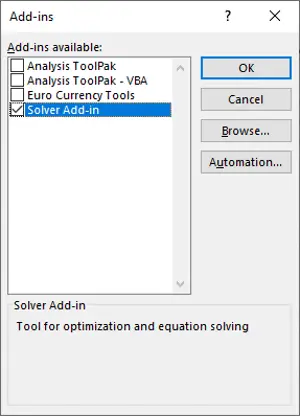Microsoft Excel is a powerful tool that will, from time to time, put some stress on your computer due to the amount of data you’re working with. At other times, high CPU usage has everything to do with plugins and addons rather than a high workload, so how can we fix that?
Excel causes High CPU usage
It’s not easy to tell what is the main cause behind high CPU load, which usually brings forth a slowdown and potential freeze in the entire system. Not only that, but it could also be a sign of an impending corrupted spreadsheet, but this doesn’t happen quite often.
To help you with the high CPU problem, we’ve come up with a few suggestions. They are very easy to get done, therefore, you should not expect to go deep into Windows 10 where things can get overly complicated.
- Download and install updates for Office
- Delete local files for Excel
- Use Microsoft Excel in Safe Mode and disable all add-ins
Let us talk about this in more detail.
1] Download and install updates for Office

If you weren’t aware before, then please note that all Microsoft Office updates are done via Windows Update.
- Open Settings
- Open Update & Security
- Select WindowsUpdate
- Click Advanced Options
- Turn on Receive updates for other Microsoft products when you update Windows.
Having done this, updates for the program should be automatic, but you can manually check for updates whenever you want.
Get this done by pressing the Windows key + I to fire up the Settings app, and from there, select Updates & Security. Finally, hit the Check for Update button under Windows Update. If an update is available, the system should download and install it automatically without problems, hopefully.
2] Delete local files for Excel

Before going forward, please bear in mind that deleting local content means you will lose your work. Therefore, it would make sense to copy all data located on the spreadsheet and save them elsewhere. Once that is done, it is now time to move on to the good stuff.
To remove all local data files for Microsoft Excel, please close the program, then navigate to the following:
C:\Users\Your Username\AppData\Roaming\Microsoft\Excel
From within that folder, delete everything, then restart Windows 10.
Read: Excel is crashing or not responding.
3] Use Microsoft Excel in Safe Mode and disable all add-ins

Yes, many of us enjoy using Add-ins since they bring new features to the program. However, we do not recommend using too many add-ins because they can cause problems in the future.
To solve some of these problems, we recommend bringing Excel into Safe Mode, then disable all add-ins. We can do this by pressing and holding the CTRL key, and from there, open Excel from the shortcut and it should open in Safe Mode.
If you see improvements in performance, then we suggest removing all add-ins by clicking on File > Options > Add-ins. From there, you will want to scroll down to where you see Manage and be sure to select Excel Add-ins from the dropdown menu.

The next step, then, is to click on Go and a new window should appear with a list of all the add-ins. Each should have a tick-box beside them, so untick the boxes in order to disable them.
Finally, restart Excel and attempt to get some work done once more.
Something here is sure to help you.
Leave a Reply